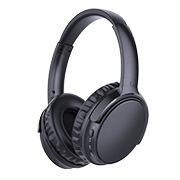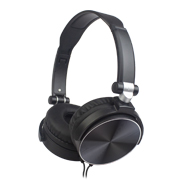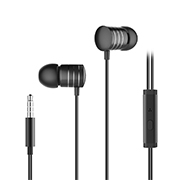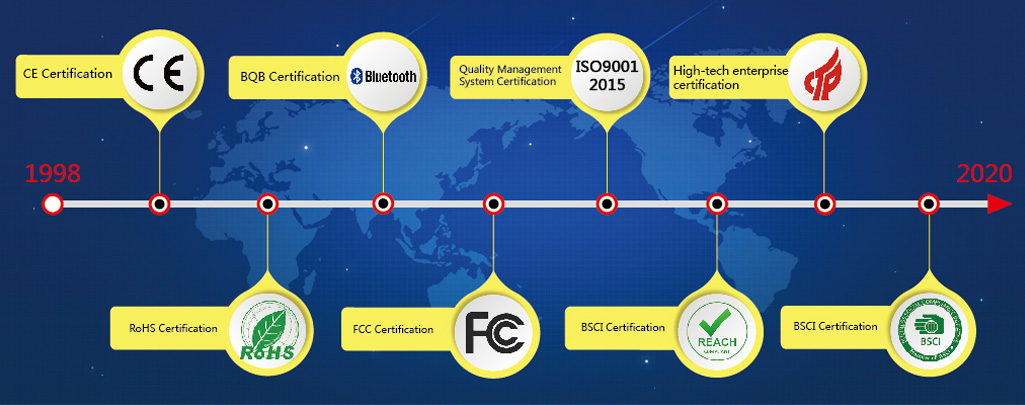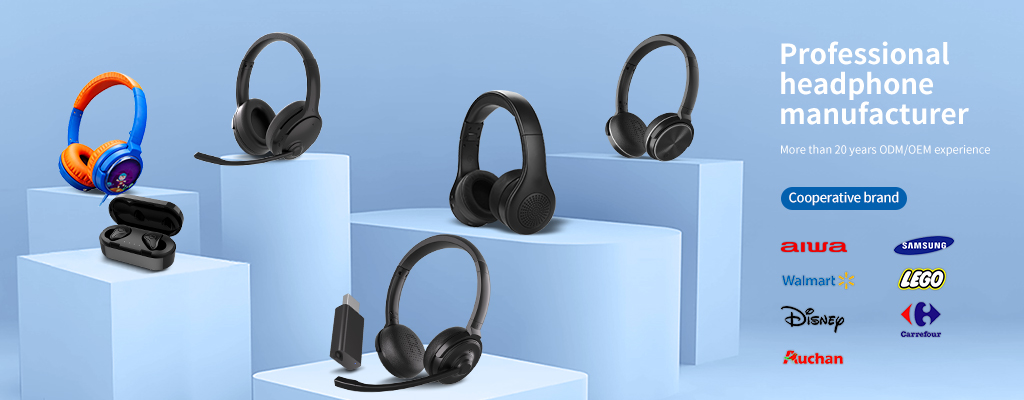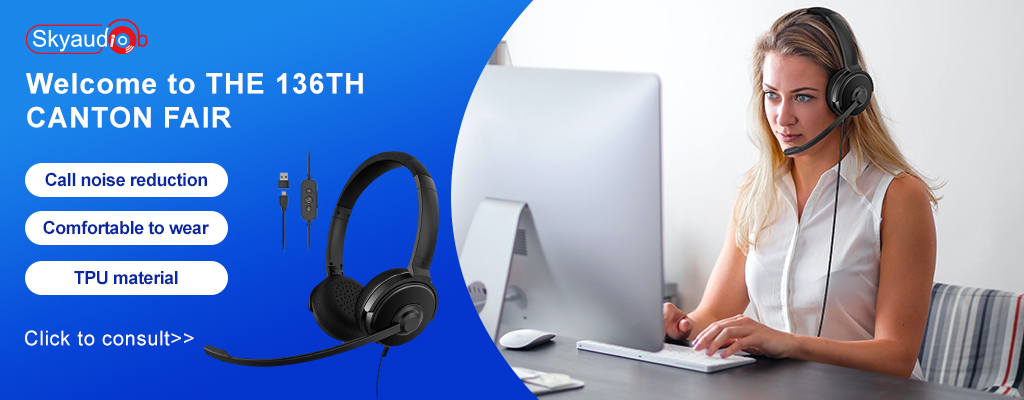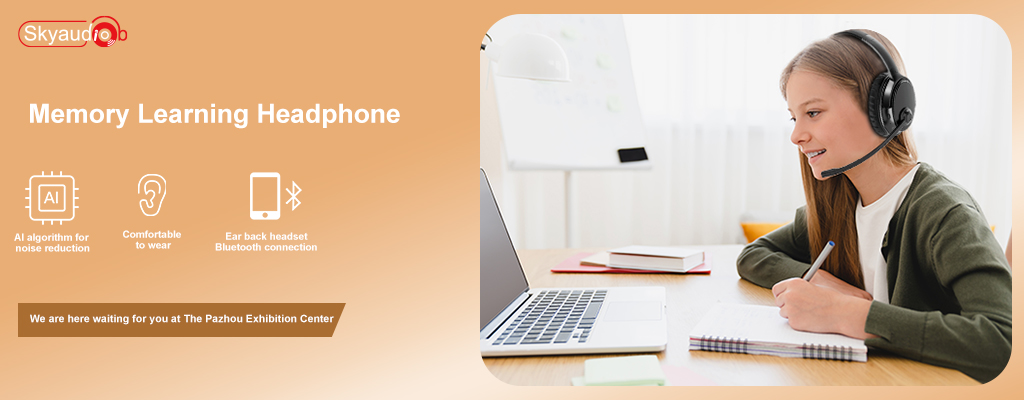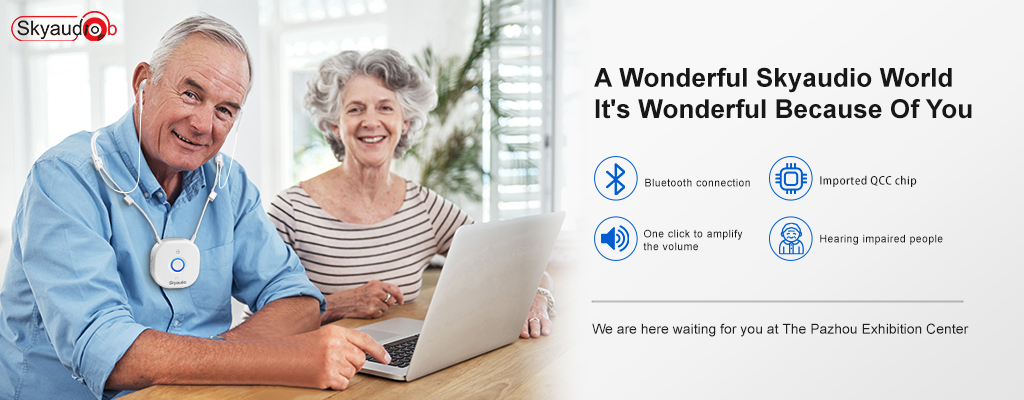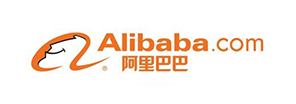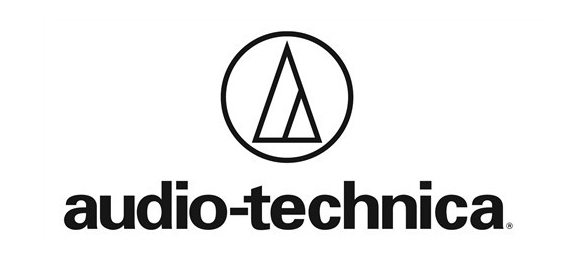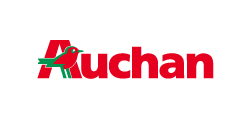
- factory address
D Building,Pioneer Park,3rd Industrial Zone Fenghuang Village, Fuyong Town,Baoan DistrictShenzhen,Guangdong,China
2 Years After Apple Killed the Headphone Jack, USB-C Audio Is a Disaster
2 Years After Apple Killed the Headphone Jack, USB-C Audio Is a Disaster
Two years ago, Apple yanked the headphone jack off its mobile devices and called itself courageous. The Kool-Aid theory was that by getting rid of this ancient analog port, we’d all be free to pay for new devices that offered the same functionality over a different connector or to buy Apple’s new AirPods. Oh — and supposedly it would simplify and streamline the consumer experience by removing capabilities no one wanted to get rid of in favor of a less-effective solution with a dongle. The dongle is very important. Where Apple went, the Android market has followed — and the current state of USB-C audio in the Android ecosystem is a disaster.
A recent article in PCWorld makes clear just how bad an idea this fundamentally was. Despite the fact that USB-C audio should be well-established and working flawlessly by now, instead, it’s made things much worse. And the problem goes back to what may well be a fundamental flaw in the USB-C standard — it’s too complicated. In attempting to carve out myriad use cases, cable support levels, and feature sets, the USB Implementer’s Forum (USB-IF) may have built a standard that consumers will never be able to actually rely on to function as a standard.
One of the most fundamental assumptions we make about standards is that cables and devices that conform to them will operate when plugged into compatible hardware. While it’s true that there are exceptions to this rule, you don’t have to generally worry about whether your HDMI or DisplayPort cable will support certain resolutions or features unless you’re working with much older cables. You can typically assume that a micro USB cable is a micro USB cable and that a USB device will work in a USB port. The situation with USB-C audio is far more fraught, thanks to the difference between dongles that include a digital-to-analog converter and those that do not. The first type are digital, the second are analog. Ung writes:
The first problem is lack of basic compatibility. For example, if you take the USB-C dongle that came with a Motorola Z2 Force or Sony Xperia XZ2, it won’t work with a Google Pixel 2 XL, Samsung Galaxy S8, or OnePlus 6. The USB-C dongle that comes with the Pixel 2 XL though, will work across all of those phones, as does the USB-C headset that Huawei includes with its P20 Pro. But take the USB-C dongle that’s also in the box with the Huawei P20 Pro and try it on your partner’s Pixel 2 XL, and it’s a no-go.
It gets even stranger. As Ung points out, the Libratone Q ADAPT headphones will work for music with a wide range of devices, but only supports phone calls when paired with the Pixel and Pixel 2. Google sells a USB-C dongle with a DAC in it and the Pixel 2 XL ships with one — but if you try to plug an analog USB-C dongle (no DAC) into a Pixel 2 XL, the device won’t play audio even though the phone SoC contains an integrated DAC. Why not? Because Google didn’t enable the feature. Hilariously, on some phones, you have to turn USB storage on to get the digital USB-C dongle to work properly. There’s no explanation for why this is.
The restrictions are device-specific and aren’t always well-communicated. The Razer Phone, for example, simply won’t push audio through an analog dongle and doesn’t bother telling you why you aren’t getting any sound.
But the long and short of it is this: The experiment hasn’t worked. If you own a device with a 3.5mm headphone jack on the end of it, you can almost certainly count on audio coming out when you make the proper connection. With USB-C audio, the entire situation is a complicated mess. Third-party support and utility is on a device-specific basis, which is exactly the opposite of what a standard is supposed to deliver. Companies like Apple will never see this is a negative, because its solution is for you to buy more branded hardware at whatever price point it sees fit to charge. But for everyone else, this foray into the brave new world of USB-C audio solutions comes at a usability cost.
It’s time to do something courageous and bring back the headphone jack. Apple may never take this step, but the Android manufacturers should.


